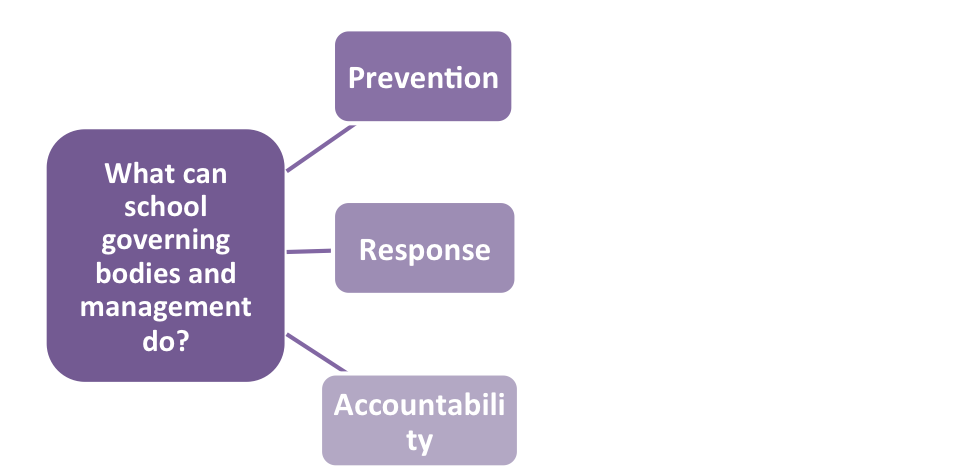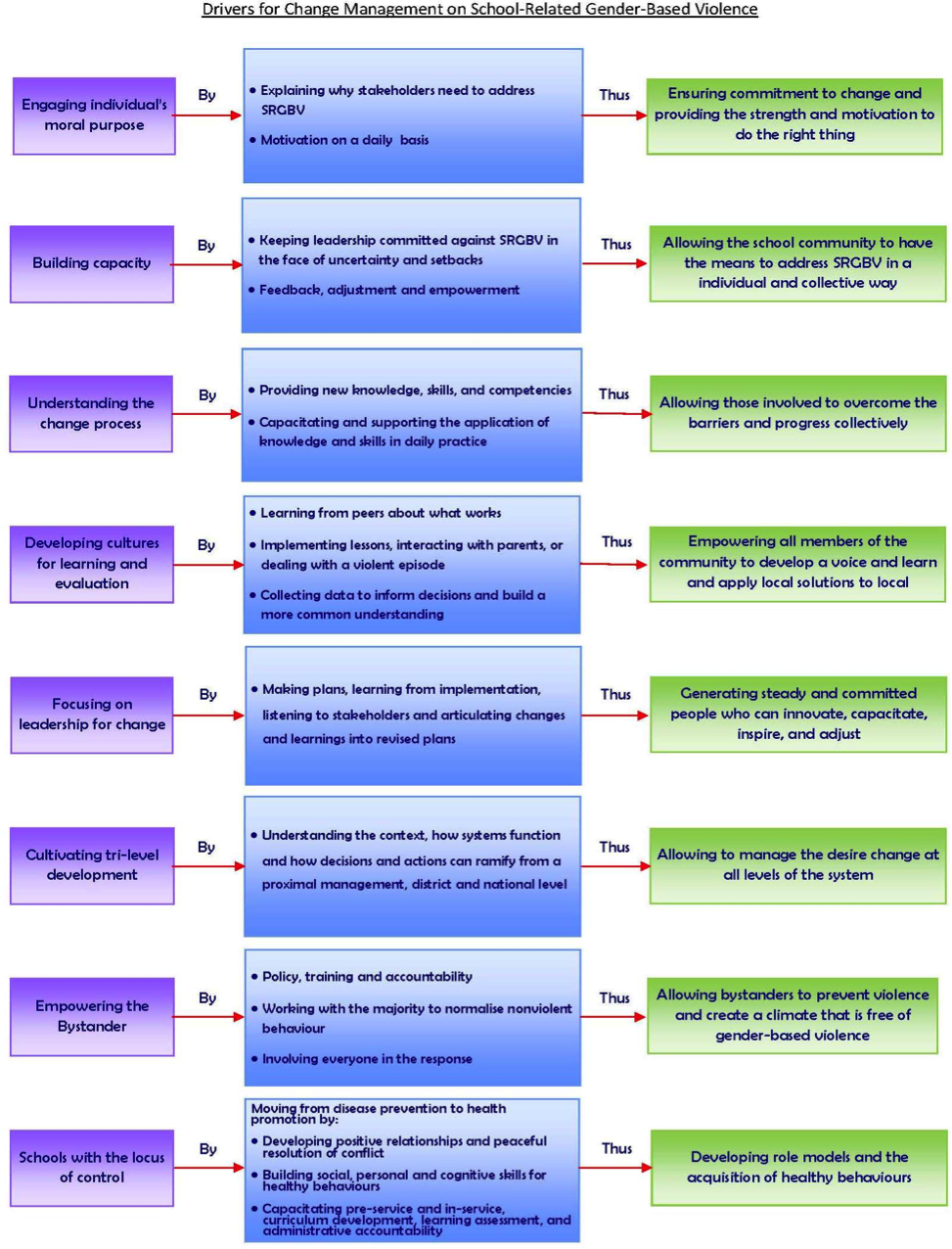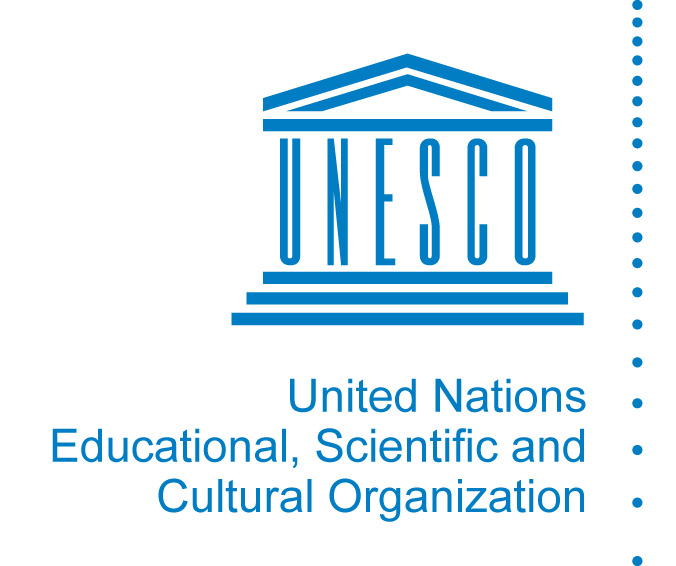What are governing bodies?
In many countries, the responsibility for overseeing the management of schools is entrusted to a governing body. The terms used for such governing bodies vary, and include local school boards, boards of governors and school management committees.
Why are governing bodies important for SRGBV?
Research suggests that safe schools are characterized by strong management and effective school leaders (Dunne et al, 2005; Pinheiro, 2006). School governing bodies and management structures have a duty of care in the school. Governing bodies should send strong messages that SRGBV is unacceptable and should create a supportive and enabling environment to prevent and respond to cases of SRGBV. Working with teachers and education authorities, school governing bodies and management can develop and implement procedures for recording and referring cases of violence, and taking disciplinary action when pupils or teachers perpetrate violence.
Governing bodies and school management structures can build a culture of governance against SRGBV through transparency, accountability and participation that will empower all members of the school community to prevent and respond to SRGBV. There are several key steps involved in building a culture of governance, although little attention has been paid to the full ‘ecology’ of the school and how governance can support sustainable change.
Practical action: What can school governing bodies and management do to address SRGBV?

|
|
|
|
|
Country example – Oversight Committees, USAID C-Change SRGBV Prevention Project, DRC |
|
Oversight committees were established in each target school as part of the USAID Communication for Change (C-Change) SRGBV Project in Katanga Province, Democratic Republic of Congo (DRC) (2010–2012). The committees were made up of teachers, parents, students and school management. The purpose of the oversight committees was to ensure that school codes of conduct were enforced by reviewing cases of reported SRGBV and taking disciplinary action if required. The committees could also refer a pupil who had been a victim of violence to the local child protection police, a health clinic or a counsellor specializing in GBV and health, as well as to ‘focal teachers’ recruited from within the target schools to act as SRGBV first responders. Source: C-Change (2013); Leach et al (2013) |
|
See Further resources on safe and supportive schools for more information and tools on governing bodies and school management.


